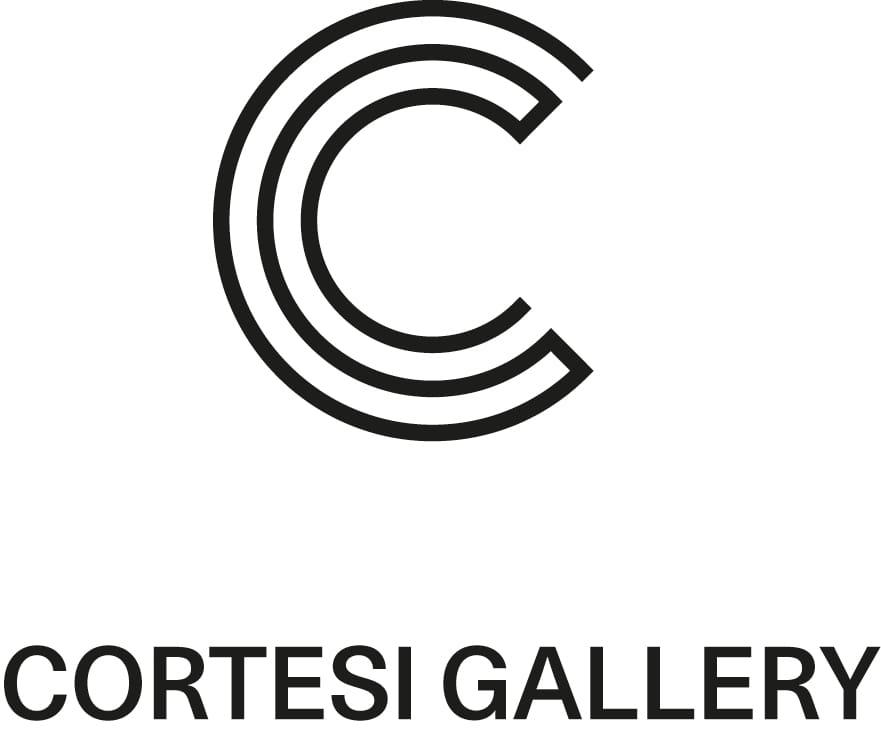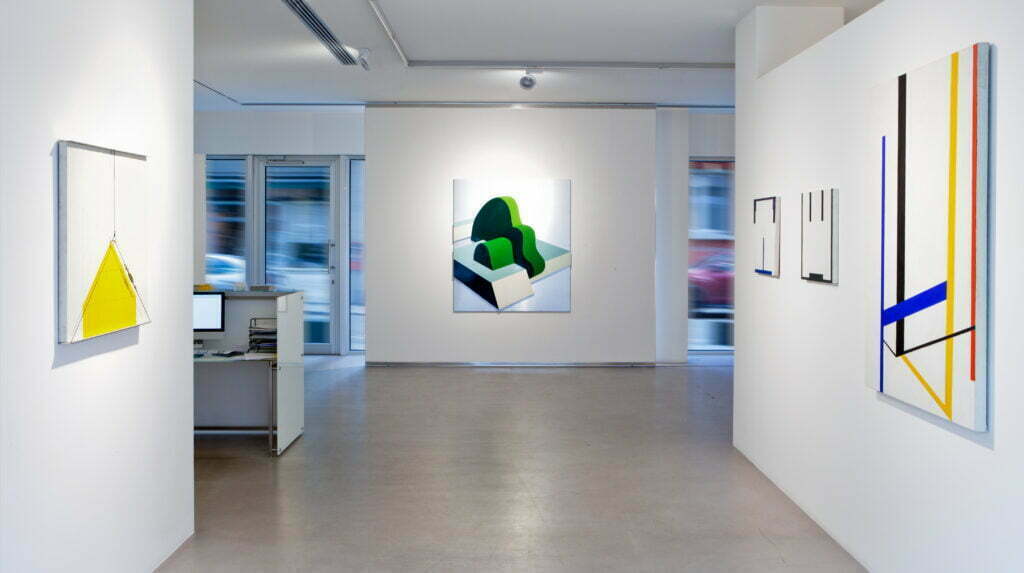Cortesi Gallery is pleased to present in Lugano Gianfranco Pardi Works 1968 – 1982 Architectures, Poetically a monographic show that promises to suggest a series of new observations surrounding the artist’s practice.
The work of Gianfranco Pardi (Milan 1933-2012) can be summarized as a continuous survey on space and its representation through the integration between drawing, painting and sculpture.
This was fundamental for his artistic research, his architectural studies as well as a reinterpretation of the historical avant-gardes as Abstractionism, Suprematism, Constructivism and the Dutch Neoplasticism, which led him to move between abstraction and construction.
His collaboration with Studio Marconi in Milan started in 1967 and in the repertoire of the sixties it is possible to catch his first reflections on architecture. In works such as Soffitto (ceiling) 1968, and Giardino Pensile (roof garden), 1968, which are both in Cortesi’s show, Pardi focused on places that are defined and imaginary at the same time, biomorphic structures, mergers of architectural constructions and natural environments, details of a vision that is more pictorial than real. The symbolic significance is heightened by the use of complementary colors, whose brightness stands out in glazes on wood and aluminium.
In the early seventies, Pardi focuses on the series Architettura (architecture) which become the most significant of his works. On the canvas, in addition to color, steel bars and metal surfaces make their appearance, marking the passing of the boundaries between painting and sculpture.
Cortesi presents in Lugano Eleven Architectures in which, as the curator Bruno Corà writes in the catalogue of the show “The surfaces of his works on canvas became the “stage” on which the geometric design, the diagrams of space, and the patterns of forces, stresses, and tensions through which Pardi conceived the infinite “constructive” and structuring relationships of the work would be played out; not for the purpose of realizing the imaginary building, but rather to explore how painting can grant an image to the architectural thought process, the poeticism of inhabiting space.”
The drawings seen in the show are related to Poeticamente abita l’uomo (poetically dwells man) 1977, a title borrowed from a verse of the German poet Friedrich Hölderlin. In this, Pardi grappled with returning, through the use of images, the design by Ludwig Wittgenstein for his sister’s house built in Vienna in the second half of the twenties. These images evoke speculation on the philosopher’s thought, and the projects to which the artist devoted himself for a few years.
To complement the exhibition, a selection of works including Diagonale (Diagonal) acrylic on canvas and metal, 1978, Casa (house) and Museo (museum), both acrylic on canvas dated 1980. “They mark the beginning of new story, Pardi’s paintings of the 1980s” Bruno Corà writes “which still hold much in store for the interested, trusting observer of the investigations carried out by his art. Because, in conclusion, one must also point out that Pardi introduced a series of forms, approaches, layouts and materials into painting that had never before had a home on the canvas; on top of that, offering authoritatively plausible arguments to support his pioneering acts, and, what is more interesting, poetically transforming them into painting”.
The exhibition is organized in collaboration with the Marconi Foundation and the Cultural Association Gianfranco Pardi – Archivio Gianfranco Pardi, both in Milan.

